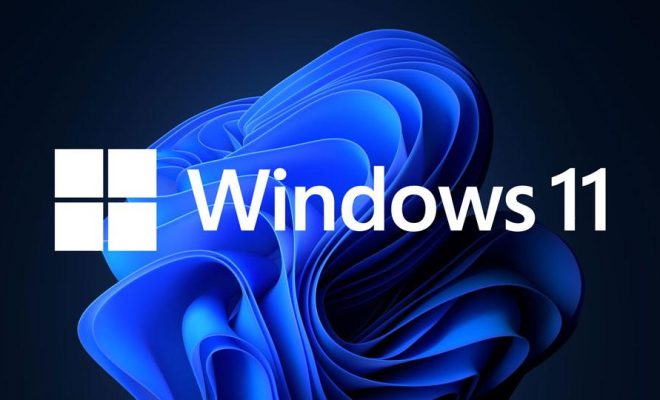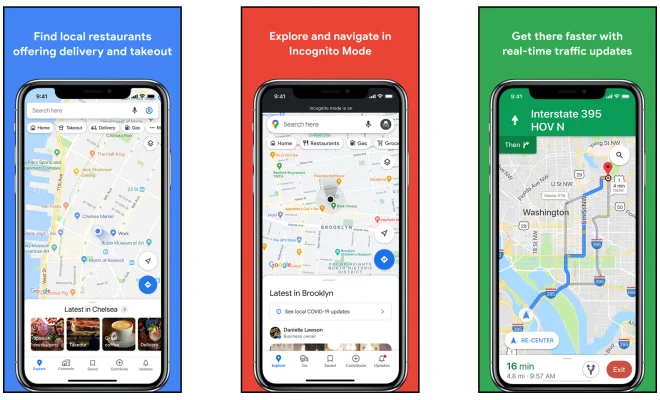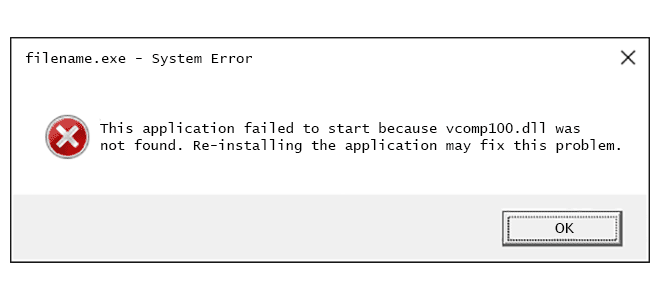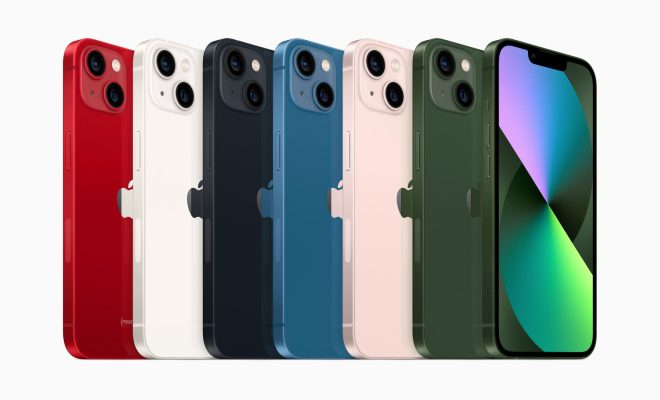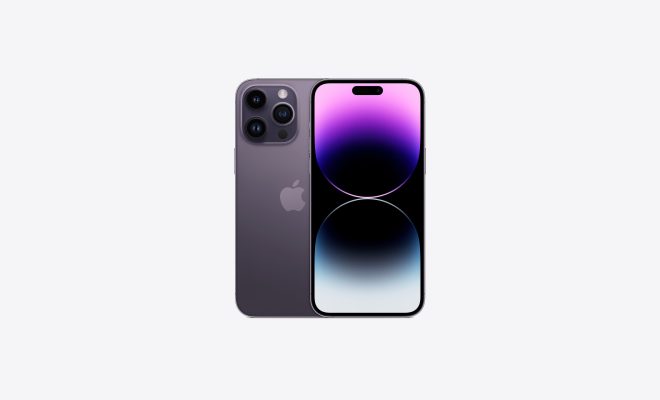What is push technology (Webcasting)?
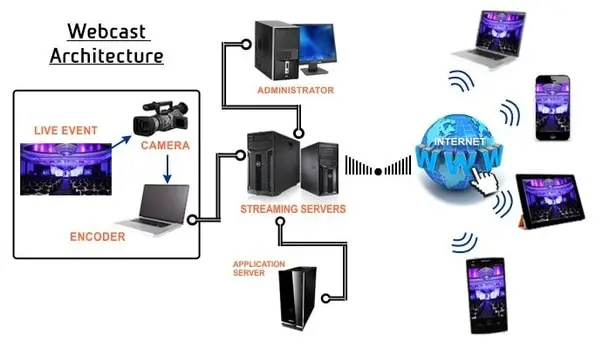
Push technology is a revolutionary way of delivering information to users on the internet. It works by sending real-time data, such as news updates, financial data, and weather reports, directly to the user’s device without any need for them to initiate a request. The push technology also referred to as Webcasting, is a great tool for marketers, advertisers, and other businesses because it helps to keep their customers informed about the latest updates as soon as they occur.
So, what is push technology exactly, and how does it work?
In a world where everything is becoming increasingly digital, push technology has become an essential tool for many businesses. The basic idea behind this technology is to deliver real-time content to users’ computers or mobile devices through customized messages, emails, or notifications. This means that instead of a user constantly having to check for updates, the information is pushed to them automatically as soon as it becomes available.
The technology works through a software application known as a push server, which continuously monitors subscribed devices for updates or changes in content. Once new information is available, the server sends a notification to a client’s device, allowing them to access timely information and stay up-to-date on the latest news.
One of the main advantages of push technology is its ability to provide instant updates to subscribed clients. This means that the user doesn’t need to wait to receive the latest information since it’s already been delivered to them. In addition, push services are typically platform-agnostic, meaning that the content can be delivered and accessed on any device or operating system with internet connectivity.
Another benefit of the push technology is that it allows businesses to stay connected with their customers, even if they don’t frequently visit their website or app. Additionally, push notifications offer highly customized, targeted messages to users, thereby improving the user experience and the likelihood of customer retention.

